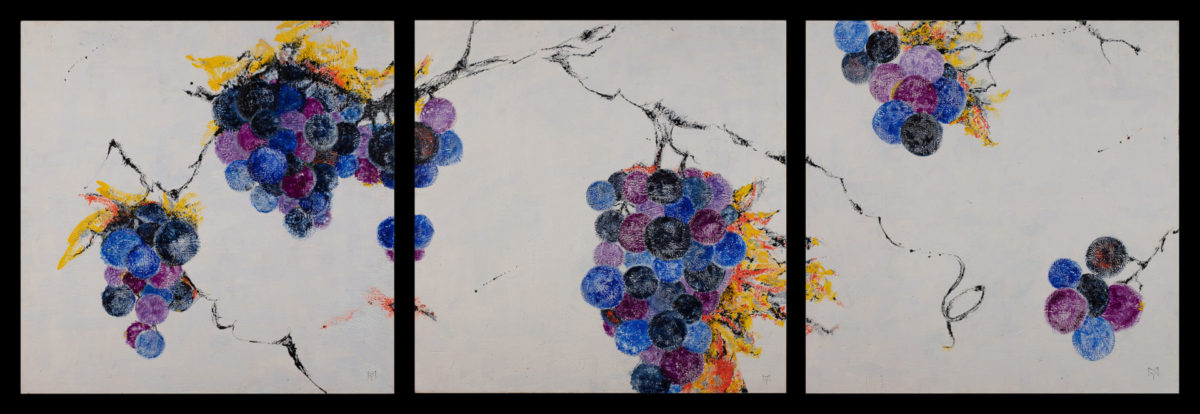Description
Greece is the cradle of winemaking on the European continent. Phoenicians brought him here more than 3 thousand years ago. Grape vine, culled with ivy and grape leaves of tyres staff – an attribute of the god Bacchus. He was the son of Zeus, the creator of the vine and the deliverer of worries and sorrows, who with his retinue, consisting of satyrs, silens and menads, traveled around the countries. In classical Greece in the middle of the 5th century BC there were holidays dedicated to Dionysus, the god of winemaking. The name of one of them, Oskhophoria, translates as “carrying grape bunches” – a holiday in honor of Dionysus and Athena Skirada in gratitude to them for the harvest of grapes and olives given to people. “On this day, two young men were to carry branches of the vine with ripe bunches from the sanctuary of Dionysus to the temple of Athena Skirada in Falera. Then runners- up competitions were held, and the winner received a drink mixed of 5 components as a reward. ” The number of components symbolizes five-pointed ivy and grape leaves. Antesterias – a holiday in honor of Dionysus, included a fertility motive and a motive for commemorating the dead ancestors, who were called upon to influence its yield. At the festival they opened barrels and tried new wine, the sacred marriage of the wife of the archon with Dionysus was performed. The god of fire Hephaestus, dug 4 sources for the Colchis king – milk, wine, oil and water – from under the vine. Grapes grow on soil fertilized by volcanic ash. The winding, creeping vine was like a snake, and “in the Greeks, draco, in addition to a snake-like animal, also meant “a branch of the vine”.

